It may surprise you that the first mirrorless camera was released on the market in 2008. The transition from SLRs to mirrorless systems has been slower than film to digital, but now with all the major camera manufacturers in the game, it is only a matter of years before our DSLR cameras are completely retired.
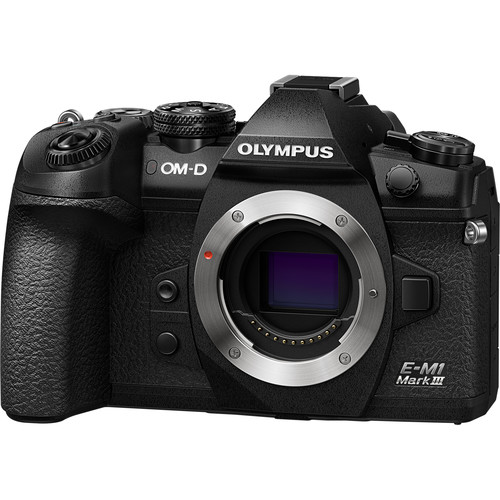
MARKETING PLOY
When mirrorless first hit the scene, the big marketing ploy was how much lighter the system was. Yes, that was true, but that was because when you switched systems to “lighten the load,” you also lost some quality. Micro four-thirds system was a fancy name for crop sensor and the lenses were all slower glass with most lenses starting at F4 or 4.5. Therefore, if you had a 70-200 2.8 and downgraded to a 70-200 F4, you would also lighten the load with your DSLR system.
These first systems were great for some genres such as travel and street photography lightening the load while photographing on your feet for hours on end. However, for fast-moving subjects such as sports and wildlife, they were completely incapable, especially in low light, of producing quality images.
Today most companies all offer a full-frame body, megapixels, fast frame rates and 2.8 lenses. Although they are a little lighter than a traditional DSLR system, they have become a lot heavier than the cropped sensors and slow glass that was first released on the market; a great marketing ploy by Olympus, Sony and Fuji to grab market share.
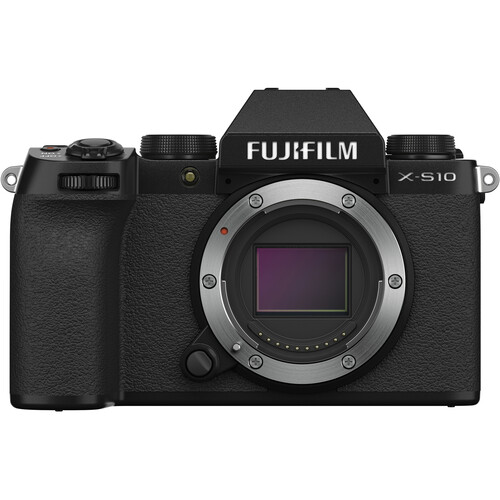
CHALLENGING MENUS
In the beginning, switching from a DSLR to a micro four-thirds system had a big learning curve. The buttons were completely different and the menus were overly complicated. The technology had advanced and the camera was becoming more of a minicomputer. This kept many people from making the switch and some who switched even switched back.
When Nikon released the Z7 in late 2018 they modeled it off the D850. I went from shooting Canon for 15 years to shooting Nikon with D850s and three weeks later adding the Z7; it was not a difficult learning curve. Canon also followed with less complicated menus with the release of their mirrorless R system and word on the street is Sony has also simplified their menus.
There is still a learning curve, but it is much shorter than it would have been a decade back.
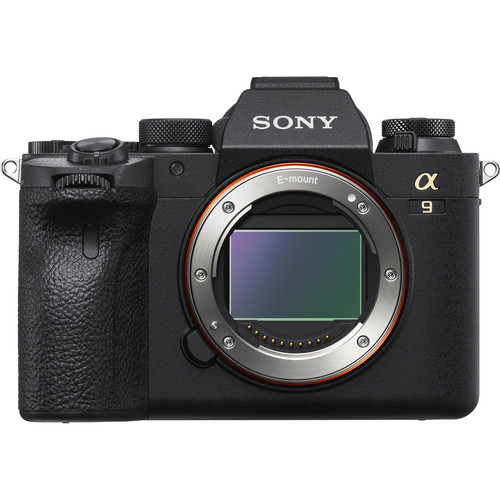
LIVE EXPOSURE
The biggest and most important advantage of a mirrorless system is live exposure. When you look through the viewfinder is it like looking at live-view in the back of a DSLR, but you can see it; similar to viewing a video but in still form. You instantly see, in real-time, if you are overexposed, underexposed, and properly exposed for backlight or rim light. It is a huge advantage. With a DSLR you must take the exposure or guess at the exposure, click and then view the image on the back of the camera, adjust and try again. With mirror-less you see true exposure through the viewfinder. You can quickly adjust your dials and shoot without ever moving your eye from the viewfinder. This is a GAME CHANGER.
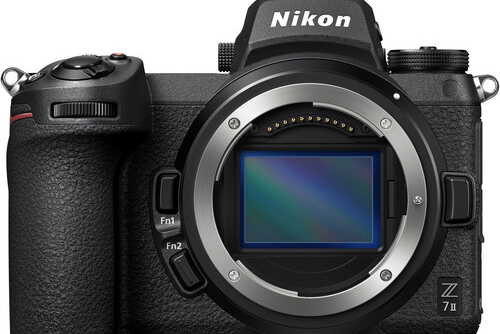
CORNER TO CORNER FOCUSING
As mentioned earlier, all major camera companies now offer a full-frame body. Unlike a DSLR full-frame body where the focusing points only cover about 50% of the frame the full-frame mirrorless cameras allow the corner to corner focusing points; you can move your focusing point to be anywhere in the frame. This is a
GAME CHANGER.
Most systems are taking this further with eye detection focusing, but this is still probably another generation away for wildlife.
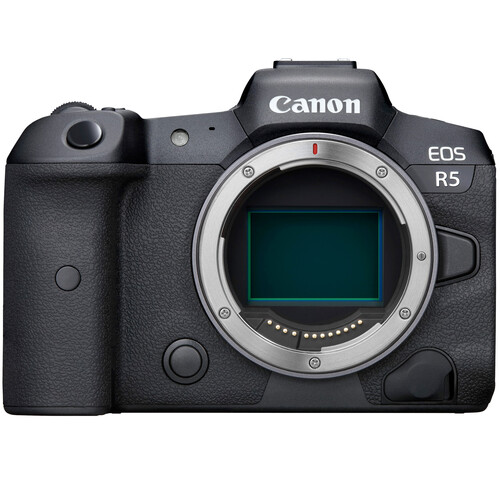
ALL THE BELLS AND WHISTLES
As seen in iPhones and iPads, companies continue to pack in the bells and whistles, upgrading the technology with each release—more options, more memory, faster, etc. to compete for your dollars. Therefore, I am sure those of you already shooting with these systems can create a long list of features that are also good reasons to switch and I welcome you to add your thoughts in the comments below. However, having live view exposure and corner to corner focusing points puts you at a huge advantage over those who are still shooting with DSLRs.
ONLY IF IT MAKES SENSE
This does not mean that after reading this you should race to buy a mirrorless system. I will still be shooting with my D850s, probably until the next generation. This is because the D850 is a great camera and I budget and plan when buying my gear. However, when it is time for your next upgrade, I would highly suggest going mirrorless if you are still shooting with a DSLR.

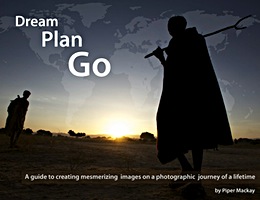
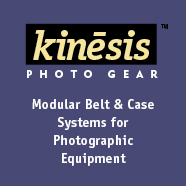



Hi Piper, I switched from the Canon 1DXMk2 ( dropped it in water) to the Sony A9 and AR73, a year ago. As you say the menu is intimidating, but they are certainly lighter, and you can see immediately the correct exposure. Also the A9 is brilliant for shooting birds. Unfortunately the pro lenses are heavy, but still lighter than the 1DxMk2 and lenses. I have been very happy.
Hello Kerry, Dropping a system in the water sounds familiar… HA! Sony has been a leader in the mirrorless market. Everyone I know who has change to Sony is very happy with no regrets. Yes, the A9 is the best in quality for shooting wildlife. I don’t think any other company has a mirrorless camera that can perform for wildlife shooters at that level yet. Therefore, those not switching to Sony, most probably due to budget, may choose to wait for the next generation, but I predict in the next 2-3 years we will all be shooting with a mirrorless system. I am looking forward to it.
I had a client with me on safari in 2019 with the Sony A9 and 400 2.8 and it was lighter than my DSLR comparison, but if you are using 2.8 glass and you pick up your camera bag, even with a mirrorless system, it still weights a bit…… but the new technology rocks!
Hi Piper – congratulations on your new adventures! So very exciting.
I’ve read and reread your article about the mirrorless cameras. I have a friend who is switching out his Nikon gear for Sony mirrorless. He’s selling his Z7 for $1500 – it’s in immaculate condition. I’m looking at it seriously to replace my Nikon D500. I’d appreciate your input if you have a few minutes to respond – I’m reading about the new Z7ii to learn the differences. Many thanks. Wendy